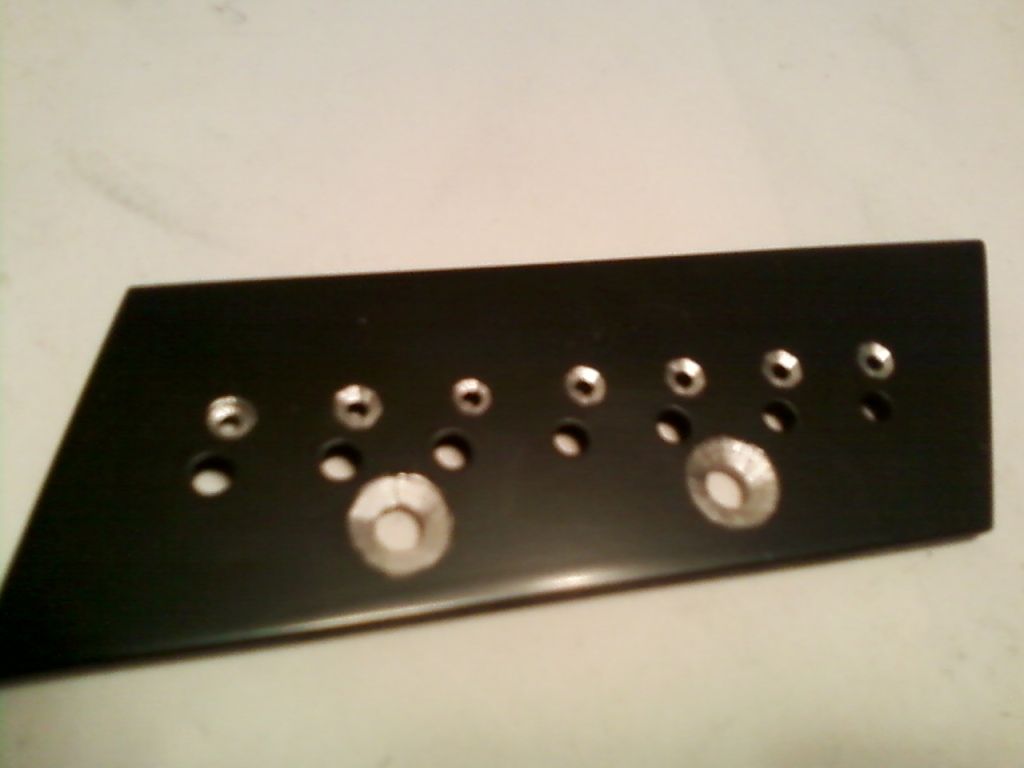Gregori
Well-Known Member
I'm building a bridge and I need to paint the steel base plate. Can anyone recommend something that would be up to the task? I'm mostly concerned about the height adjustment screws leaving ugly scratches. Gloss or semi-gloss black are preferred.


